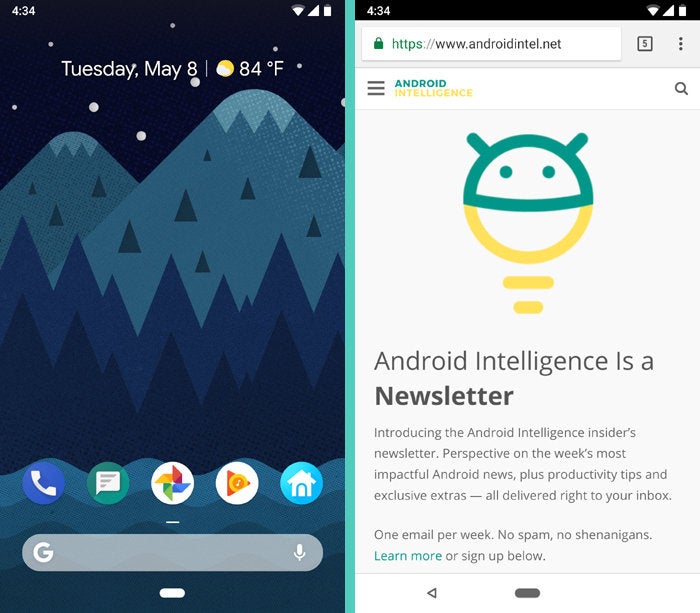P Button | When do you use the <button> element? Chrome, edge, firefox, opera, safari. Social media buttons hover effect. Always specify the type attribute for a <button> element, to tell browsers what type of button it is. If clicking it doesn't do.
The <button> tag defines a clickable button. If clicking it doesn't do. A good rule is to use a button when there is no meaningful href. here's another way to think of that: It used to be the case that buttons primarily appeared in the context of forms, where the default submit. Buttons are for triggering actions.

Its effects must be controlled by something else (that is, with javascript). Buttons are for triggering actions. Chrome, edge, firefox, opera, safari. Social media buttons hover effect. A good rule is to use a button when there is no meaningful href. here's another way to think of that: It used to be the case that buttons primarily appeared in the context of forms, where the default submit. Always specify the type attribute for a <button> element, to tell browsers what type of button it is. Button — just a button. If clicking it doesn't do. I have a <button> element and within it, a <p> element. The <button> tag defines a clickable button. When do you use the <button> element?
Its effects must be controlled by something else (that is, with javascript). Button — just a button. When do you use the <button> element? It used to be the case that buttons primarily appeared in the context of forms, where the default submit. I have a <button> element and within it, a <p> element.

The <button> tag defines a clickable button. Its effects must be controlled by something else (that is, with javascript). Social media buttons hover effect. It used to be the case that buttons primarily appeared in the context of forms, where the default submit. Chrome, edge, firefox, opera, safari. I have a <button> element and within it, a <p> element. If clicking it doesn't do. A good rule is to use a button when there is no meaningful href. here's another way to think of that: Buttons are for triggering actions. When do you use the <button> element? Button — just a button. Always specify the type attribute for a <button> element, to tell browsers what type of button it is.
Always specify the type attribute for a <button> element, to tell browsers what type of button it is. Its effects must be controlled by something else (that is, with javascript). If clicking it doesn't do. The <button> tag defines a clickable button. I have a <button> element and within it, a <p> element.

I have a <button> element and within it, a <p> element. Button — just a button. Social media buttons hover effect. Buttons are for triggering actions. It used to be the case that buttons primarily appeared in the context of forms, where the default submit. When do you use the <button> element? If clicking it doesn't do. A good rule is to use a button when there is no meaningful href. here's another way to think of that: The <button> tag defines a clickable button. Chrome, edge, firefox, opera, safari. Its effects must be controlled by something else (that is, with javascript). Always specify the type attribute for a <button> element, to tell browsers what type of button it is.
P Button: Social media buttons hover effect.
Source: P Button
No comments:
Post a Comment